Some cars were born to impress long, low silhouettes, chrome details, and bold styling that made them instant showstoppers. But looks can deceive. Beneath the glossy paint and sleek curves, some of the coolest-looking cars from past decades were surprisingly dull to drive, unreliable, or just plain disappointing. These were the heartbreakers: the cars that looked like legends but drove like letdowns. Here are ten old cars that prove style isn’t everything.
Pontiac Fiero

In the mid-1980s, the Pontiac Fiero looked like something out of Italy. Its wedge-shaped body, pop-up headlights, and mid-engine layout made it look more like a baby Ferrari than an economy car. Everyone expected performance magic. Unfortunately, Pontiac built it with commuter car parts to keep costs down. Early Fieros had weak suspension, mediocre handling, and engines that barely broke 90 horsepower.
To make matters worse, early models developed a reputation for catching fire due to oil leaks. Pontiac fixed the problems by the late 1980s, and the final versions actually drove well but by then, the damage was done. Still, the Fiero’s design and concept remain ahead of their time, and enthusiasts now restore them as budget exotics.
DeLorean DMC-12

The DeLorean DMC-12 looked like a spaceship from the future. Its stainless-steel body, gullwing doors, and sharp lines made it one of the most striking cars ever built. When it debuted in 1981, everyone expected supercar performance to match the looks. Instead, it came with a slow 2.8-liter V6 that barely produced 130 horsepower. The driving experience was sluggish and underwhelming, and build quality was inconsistent.
The company’s downfall and John DeLorean’s legal troubles only added to the chaos. But then Back to the Future changed everything. The DeLorean became a pop culture icon, forever associated with time travel and 1980s cool. It may not have driven like a dream, but few cars look as good standing still.
Ford Thunderbird (2002–2005)
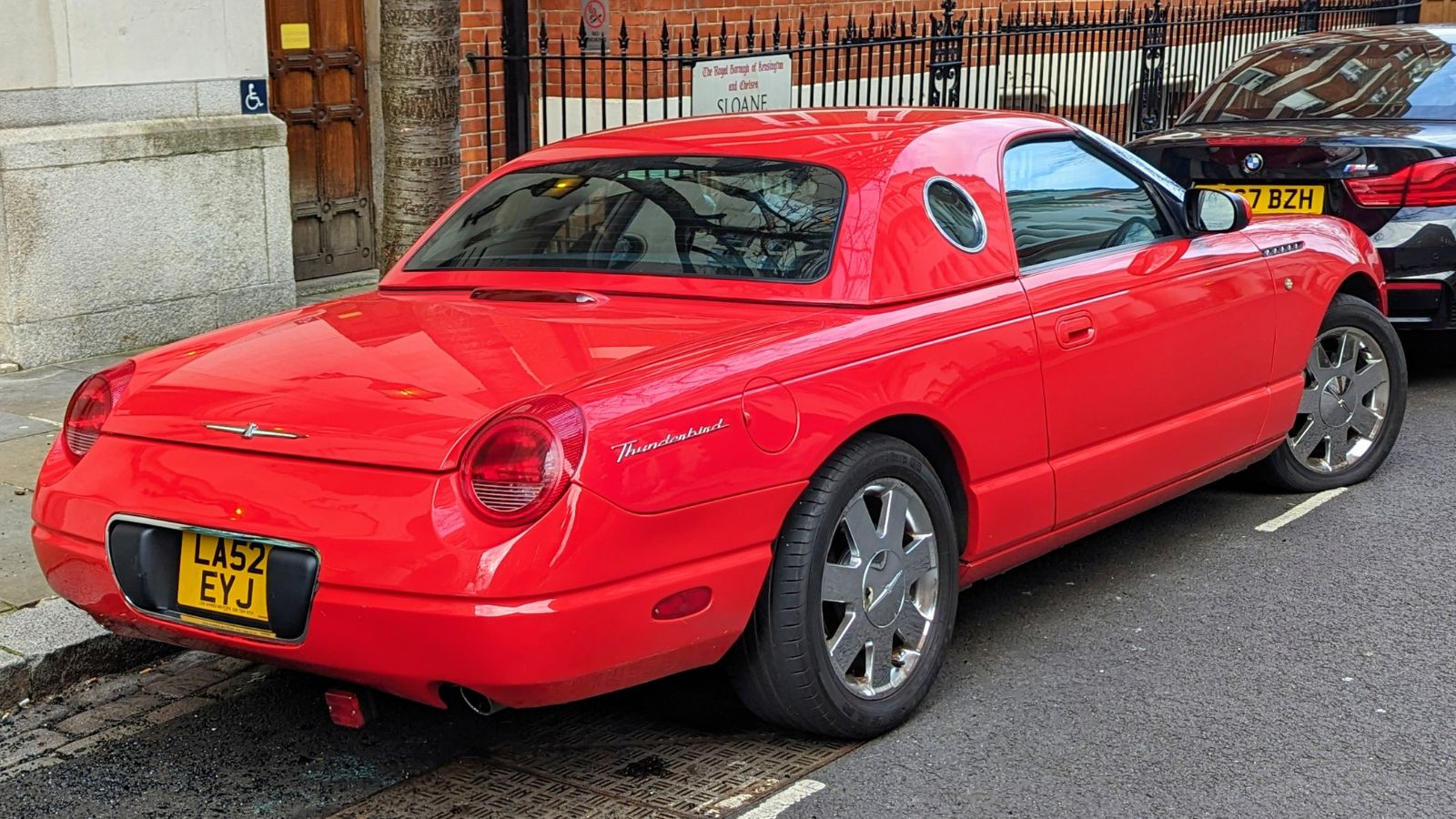
The 2002 Thunderbird was Ford’s bold attempt to revive a legend. The retro styling nailed the look, combining modern proportions with vintage flair. It looked like the ultimate cruising machine the car you’d want to be seen in on a sunny day. But once you got behind the wheel, the illusion faded.
The T-Bird shared its platform with a Lincoln and was built more for comfort than excitement. It had decent power, but the handling was soft, the steering was vague, and it never felt sporty. For all its visual flair, it was more about nostalgia than performance. Today, it’s admired more as a collectible curiosity than a driver’s car.
Jaguar XJS
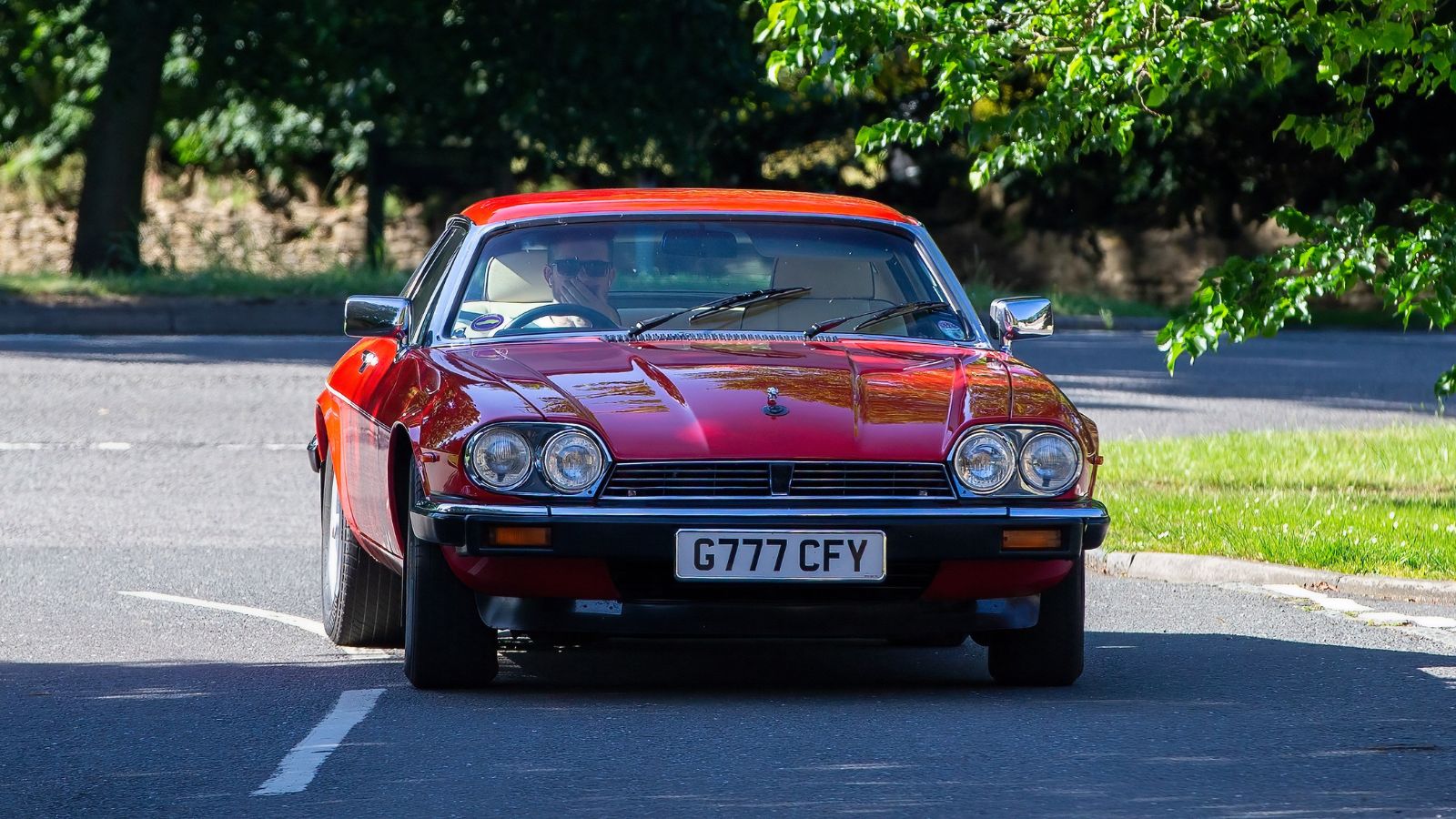
The Jaguar XJS followed the E-Type, one of the most beautiful sports cars ever made. Expectations were sky-high, and the XJS delivered elegance in spades — long hood, flowing roofline, and a grand touring presence. Unfortunately, it didn’t have the performance or reliability to match its appearance.
Heavy and complex, the XJS was notorious for electrical issues and maintenance headaches. The V12 engine sounded great on paper, but it was expensive to run and not especially fast. Jaguar fans grew to appreciate it over time for its refinement and charm, but at launch, the XJS was seen as a disappointment. It’s now beloved for its looks and character rather than its driving thrills.
Chevy Camaro (Late 1970s Models)
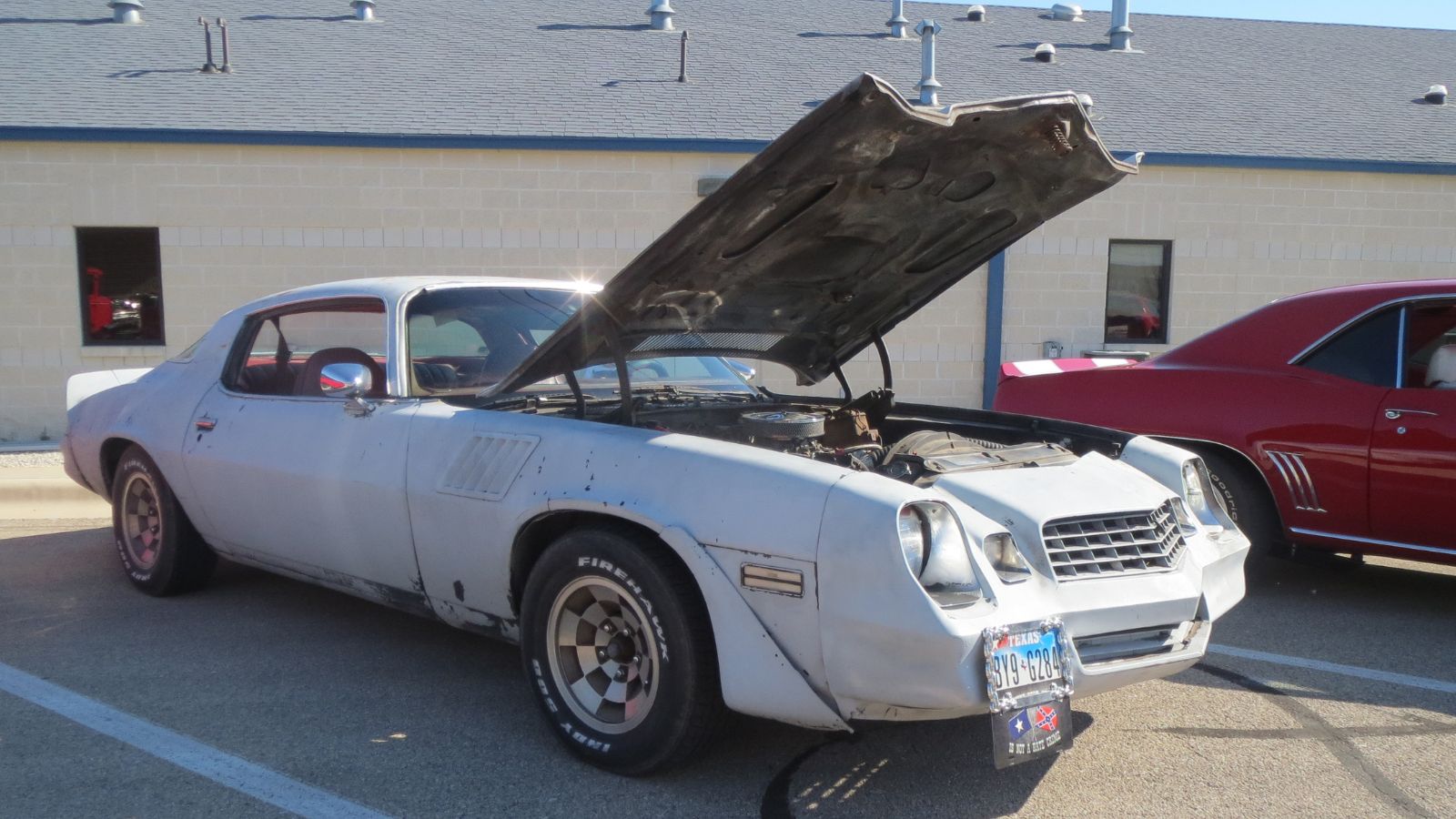
By the late 1970s, the once-mighty Camaro had lost its muscle. It still looked fierce, with bold stripes, scooped hoods, and aggressive lines that screamed horsepower. But under the hood, the power had vanished. Strangled by emissions rules and rising fuel prices, some versions barely made 130 horsepower.
The Camaro that once terrorized drag strips was now all bark and no bite. Drivers who grew up on the high-powered 1960s versions were crushed by the sluggish performance. It looked the part but couldn’t back it up. Still, those 1970s Camaros have gained nostalgic appeal — they’re snapshots of an era when style tried to survive regulation.
Lamborghini Jalpa
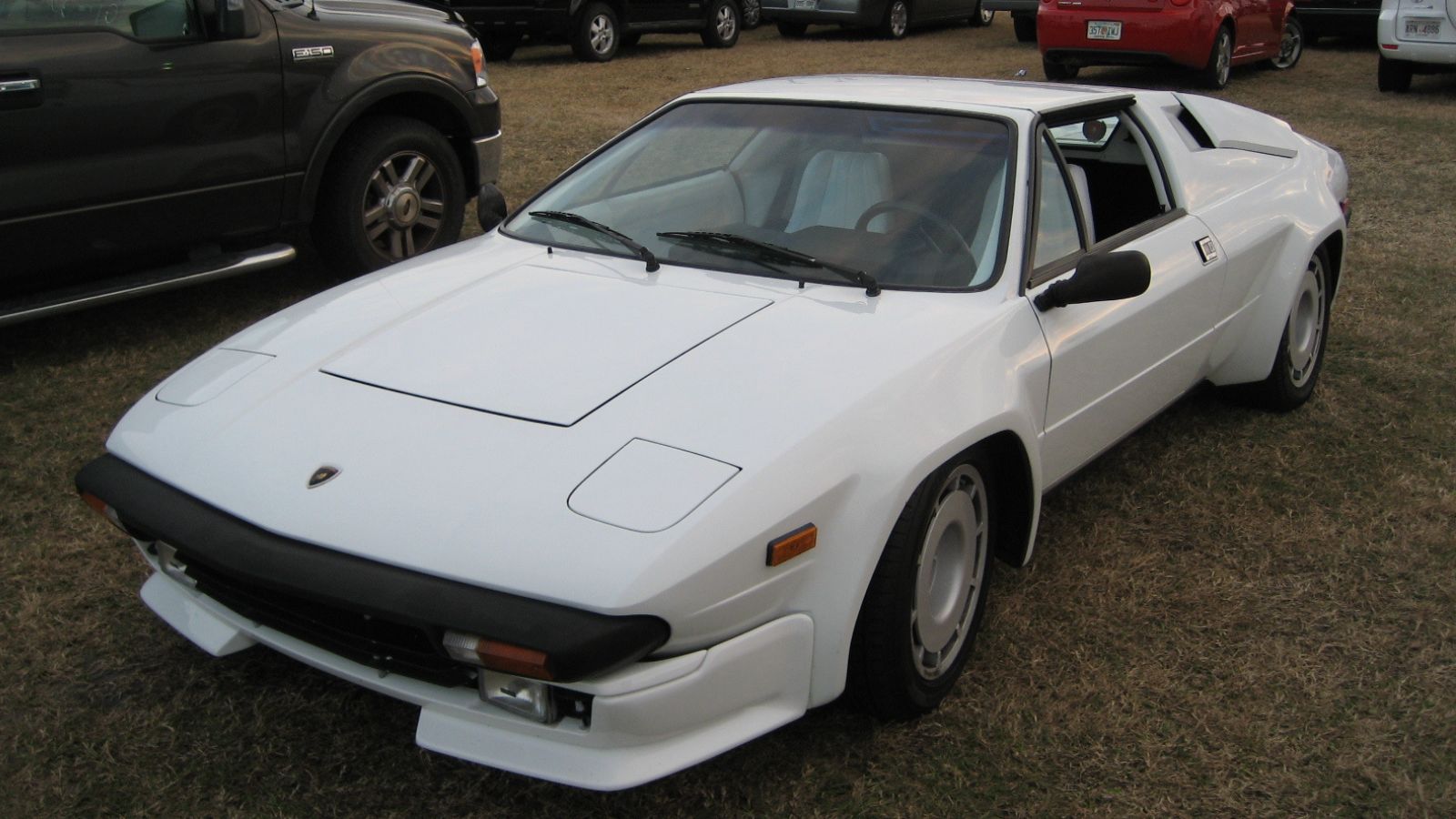
The Lamborghini Jalpa had all the right visuals: wedge-shaped body, Italian flair, and the raging bull badge. It looked like a supercar that could take on the world. Sadly, it was one of Lamborghini’s most underwhelming efforts. The 3.5-liter V8 engine offered decent power but lacked the drama of the Countach’s V12. The handling was fine, not thrilling, and the build quality was questionable at best.
The Jalpa was Lamborghini’s attempt at a “practical” supercar, but buyers didn’t want practical. They wanted outrageous. Today, collectors appreciate it for its rarity and design, but when new, the Jalpa was overshadowed by its louder, faster sibling.
Datsun 280ZX
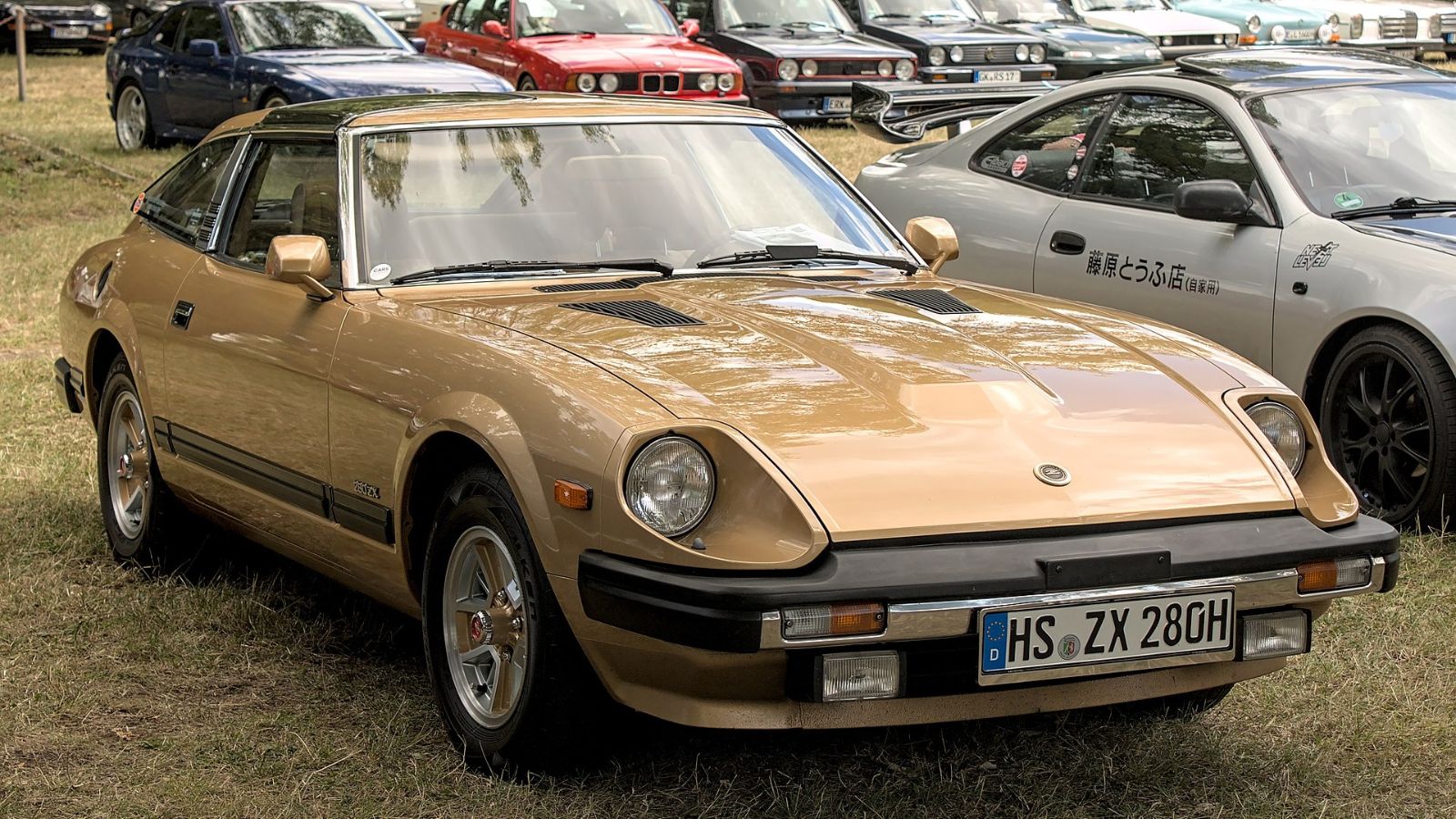
The original Datsun 240Z was a revelation — light, fast, and affordable. By the time the 280ZX arrived in the late 1970s, it had become something else entirely. The design still turned heads, sleek and aerodynamic, but the spirit had shifted from sports car to grand tourer.
Heavier and softer, the 280ZX prioritized luxury features over raw driving pleasure. Power was adequate, but handling was dulled by weight and comfort tuning. The car looked fast but felt lazy. Still, it sold well thanks to its design and image, and today it’s remembered as the moment when Nissan chose refinement over rebellion.
Cadillac Allante
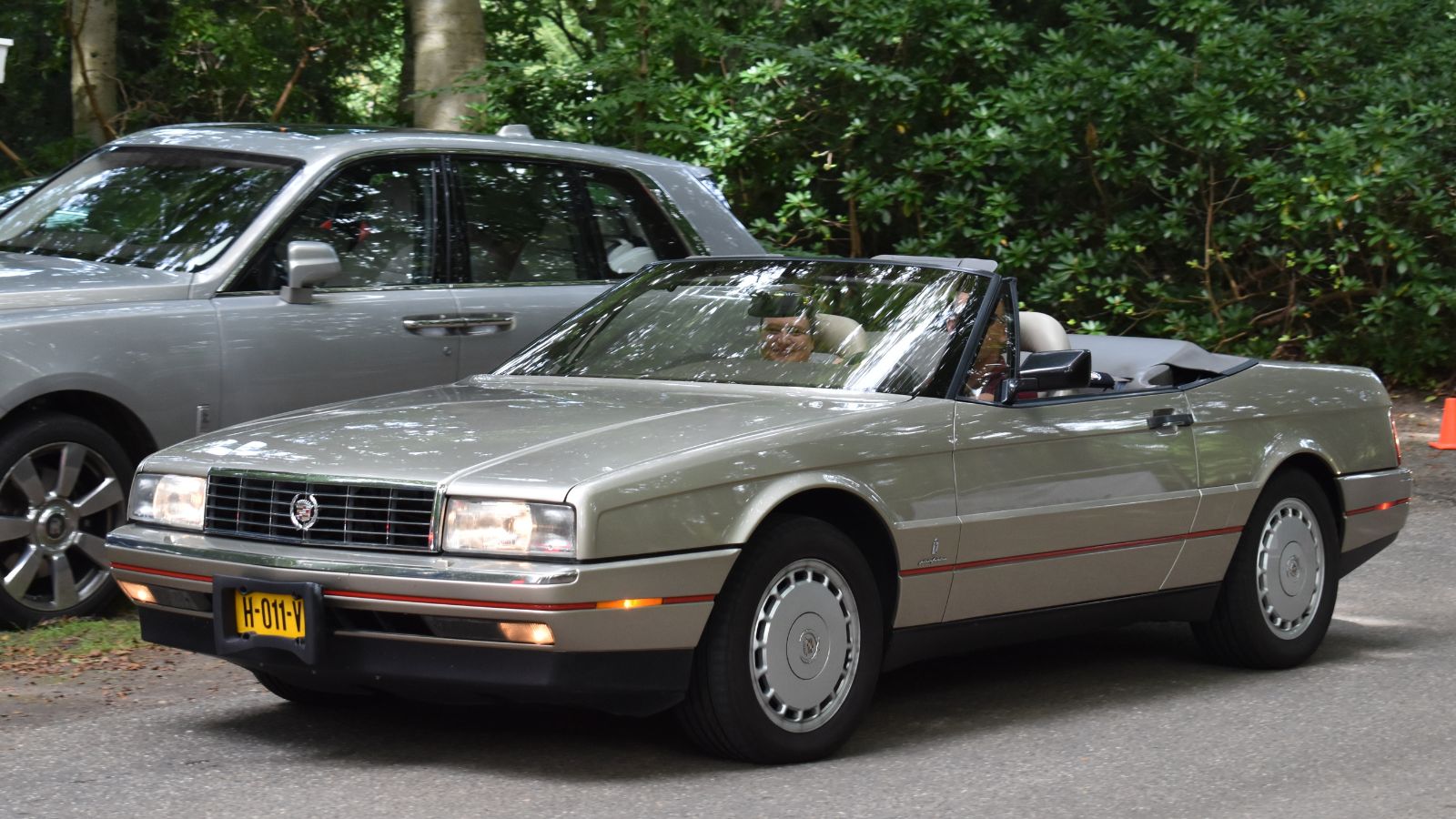
The Cadillac Allante was an ambitious project. Its body was designed and built by Pininfarina in Italy, then flown to Detroit for final assembly — an idea that sounded glamorous and expensive. And it was. The car’s design was beautiful, with crisp lines and European elegance. Unfortunately, the driving experience didn’t match the looks or the price tag.
Underneath, it was front-wheel drive and powered by a modest V8 that couldn’t compete with the Mercedes SL it targeted. It looked like an Italian sports car but drove like a comfortable cruiser. Cadillac wanted to blend luxury and performance, but the result was a confused and overpriced experiment.
Bricklin SV-1
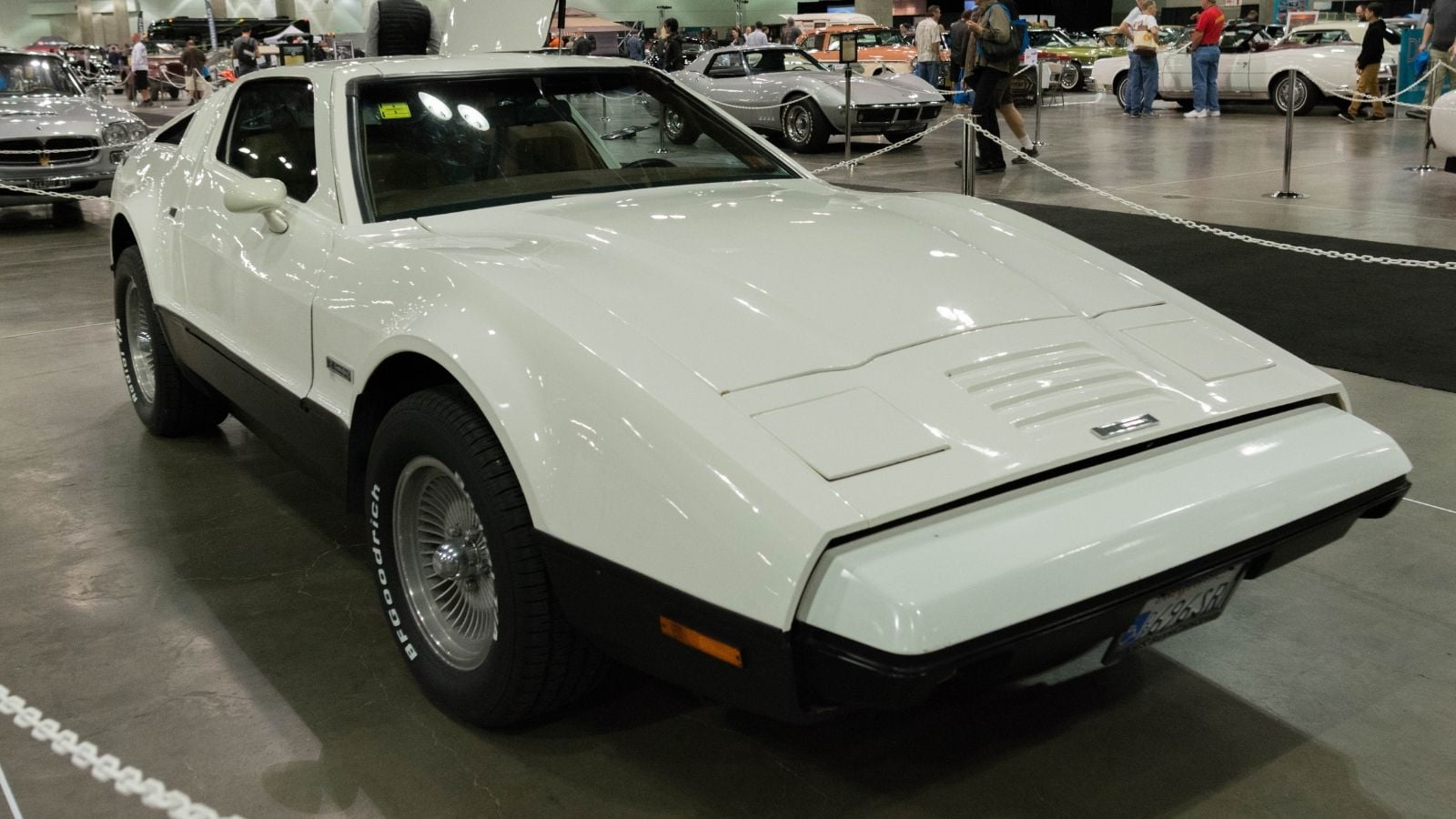
The Bricklin SV-1 was one of the boldest Canadian cars ever made. With its gullwing doors, bright colors, and futuristic design, it looked like something out of a superhero movie. But the execution was a disaster. Quality control was poor, the doors barely worked, and the car’s performance didn’t come close to matching its appearance.
The SV-1 used underpowered American engines, and the so-called “safety sports car” was plagued with mechanical failures. Production lasted only two years, ending in financial collapse. Yet its looks and wild story have earned it cult status today. It’s a car that failed spectacularly but refuses to be forgotten.
Plymouth Prowler
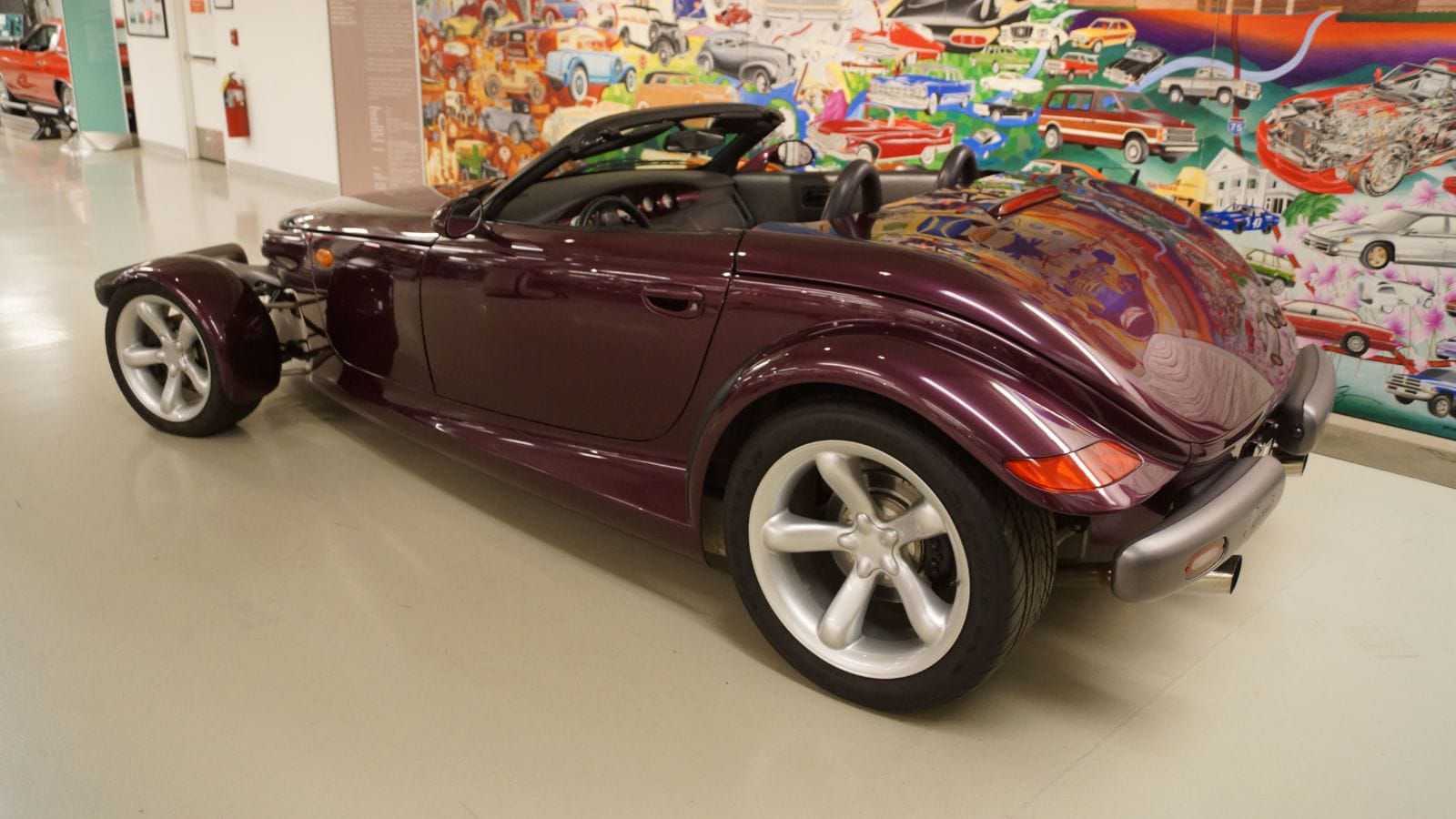
The Plymouth Prowler remains one of the most eye-catching cars of the 1990s. With exposed front wheels, a low stance, and hot rod styling, it looked like pure muscle on wheels. But the thrill ended once you looked under the hood a V6 engine paired only with an automatic transmission.
Drivers expected a modern hot rod and got a stylish cruiser instead. The Prowler’s handling was decent, but its performance never matched its aggressive looks. Still, it deserves credit for daring to be different, and its design remains one of the boldest ever produced by a mainstream automaker.
When Looks Outrun Reality
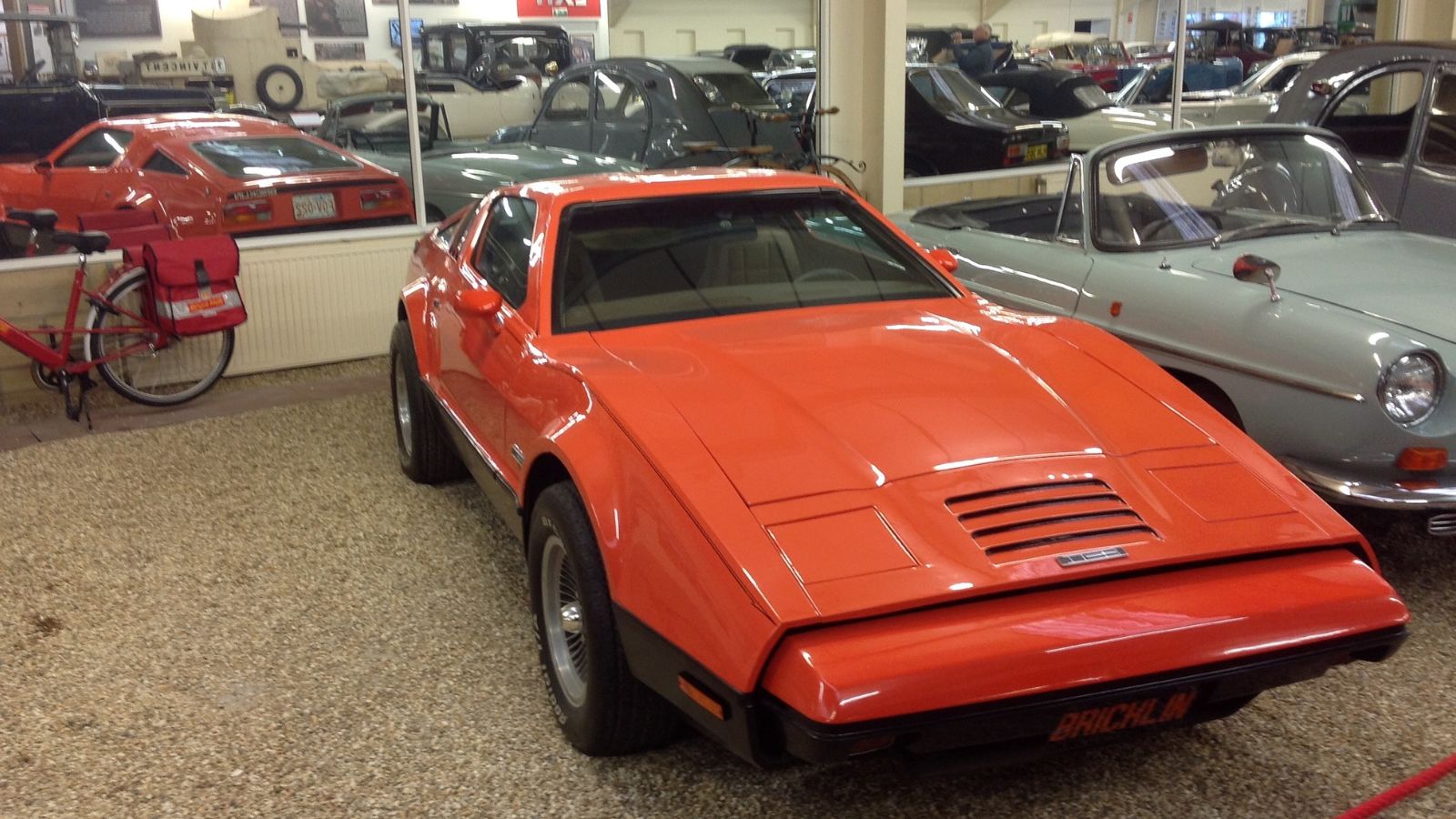
These cars prove that design can be both a blessing and a curse. They grabbed attention, sold dreams, and became poster material but behind the wheel, reality often fell short. Yet time has been kind to many of them. Their failures made them fascinating. Today, enthusiasts see their flaws as part of their charm.
Sometimes, the cars that disappoint the most are also the ones that stay in our memories the longest. Because even when they didn’t perform like legends, they sure looked the part and in the world of automotive nostalgia, that still counts for something.
25 Facts About Car Loans That Most Drivers Don’t Realize

Car loans are one of the most common ways people fund car purchases. Like any other kind of loan, car loans can have certain features that can be regarded as an advantage or a disadvantage to the borrower. Understanding all essential facts about car loans and how they work to ensure that you get the best deal for your financial situation is essential. Here are 25 shocking facts about car loans that most drivers don’t realize:
25 Facts About Car Loans That Most Drivers Don’t Realize
